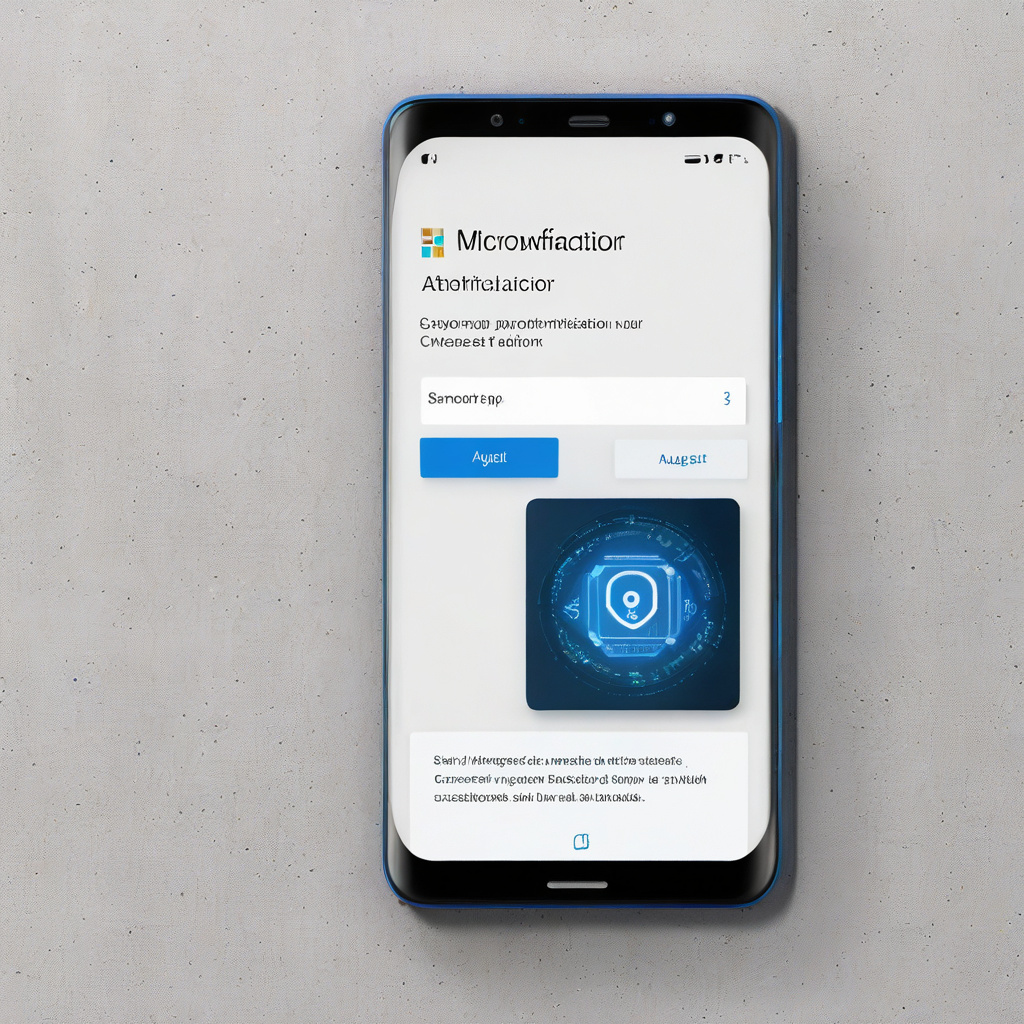In a move that signals a significant shift in password management, Microsoft has recently announced that it will be removing support for passwords from its Authenticator app come August 1, 2025. This decision marks a pivotal moment in the evolution of authentication practices, as the tech giant aims to streamline the autofill functionality within its two-factor authentication (2FA) application.
The upcoming changes set to take effect starting July 2025 will see the discontinuation of the autofill feature in the Authenticator app. Subsequently, by August 2025, users will no longer have access to passwords stored within the application. This strategic move by Microsoft underscores a broader industry trend towards enhancing security practices and simplifying user experiences in the realm of authentication.
By phasing out password support in the Authenticator app, Microsoft is taking a bold step towards promoting more secure and user-friendly authentication methods. Passwords have long been a key target for cyber threats, given their susceptibility to breaches and vulnerabilities. Transitioning away from passwords towards more robust authentication mechanisms such as biometrics, hardware keys, and push notifications can significantly bolster security measures and reduce the risk of unauthorized access.
The decision to eliminate password management from the Authenticator app aligns with Microsoft’s overarching commitment to enhancing cybersecurity and reinforcing user privacy. By encouraging the adoption of 2FA and other passwordless authentication solutions, the company is not only prioritizing security but also striving to offer a seamless and frictionless user experience.
This transformation in password management reflects a broader industry shift towards passwordless authentication models, heralding a new era in digital security. As organizations increasingly recognize the limitations of traditional password-based systems, the adoption of passwordless authentication methods emerges as a proactive and pragmatic approach to fortifying cybersecurity defenses.
In practical terms, what does this mean for users? As Microsoft phases out password support in the Authenticator app, individuals will need to adapt to alternative authentication methods to access their accounts securely. Embracing passwordless authentication solutions, such as biometric verification or security keys, will become paramount for users seeking to safeguard their digital identities effectively.
Moreover, this transition underscores the importance of staying abreast of evolving cybersecurity trends and proactively embracing innovative authentication technologies. As the digital landscape continues to evolve, organizations and individuals must remain vigilant in adopting robust security measures to mitigate the ever-present risks of cyber threats and data breaches.
In conclusion, Microsoft’s decision to remove password management from its Authenticator app represents a pivotal moment in the realm of authentication and cybersecurity. By phasing out passwords and promoting passwordless authentication solutions, the tech giant is not only prioritizing security but also advancing user convenience and data protection. As we look towards a future devoid of traditional passwords, embracing passwordless authentication methods will be key to fortifying digital security and safeguarding sensitive information in an increasingly interconnected world.

